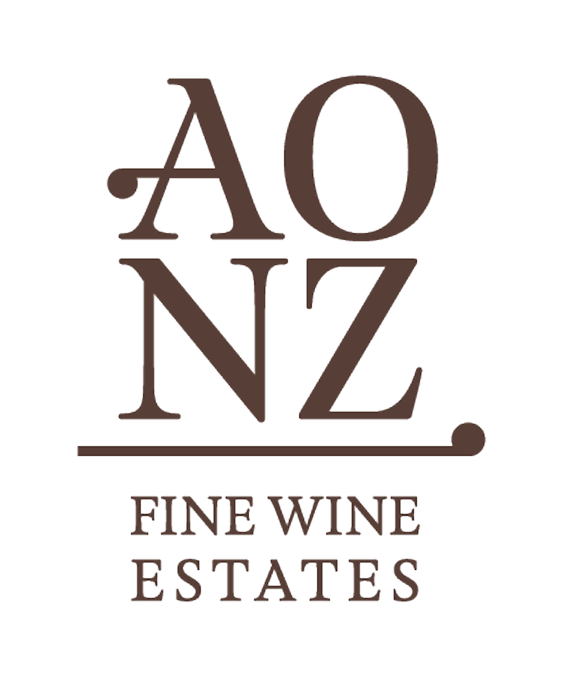Pyramid Valley Winemaker Huw Kinch shares how equipment like shaker tables, destemmers, and gravity-fed fermenters contribute to precision and consistency in the winery – and why the combination of human influence alongside nature and technology make for a magic formula.
Like all things with winemaking, each step has an influence on the resulting wine. From the decision of site selection, matching a variety with that site, to the care and attention given to growing the vines. These decisions, in my opinion, have the greatest impact on a wine’s potential.
Every decision throughout the season – from pruning, shoot thinning, canopy management, spraying to picking – has an impact on the wine. These are all human decisions we can control. The one thing we can’t control however, is the weather! Together, the vineyard and winery teams make calls on when to pick, what to pick and what to leave behind – all decisions that are more important in challenging years, when not every grape is perfect.
The winery is where the human decisions in deciding what makes it into the tank or press work harmoniously with technology and offer another opportunity to shape a wine’s potential. Having good sorting equipment such as a shaker table that evenly distributes the fruit onto the sorting belt is hugely beneficial. Along the belt, people with trained eyes remove any fruit that isn’t of the best quality, as well as leaves, petioles and insects. The basic rule on our line is: if you don’t want to put it into your mouth it doesn’t make it past this point!

Transferring Pinot Noir via gravity to open top fermenters
How we make the call on whether to use whole bunch in our Pinot Noir is an article in itself (and one for a future issue!), but in short, depending on the vintage and region, we may work with whole bunch if we believe it is beneficial for that given block. For our destemmed fruit, having a good quality destemmer that removes the berries from the stem as gently as possible, resulting in a high percentage of whole berries – without chopping up the stems – and a roller sorter to remove any stems that sneak through, is another important tool in maintaining quality. This gentle handling preserves delicate flavours and aromas while allowing for better control of tannin extraction, ultimately contributing to wines with greater complexity and finesse. We then transfer the fruit into open fermenters using gravity, which ensures the fruit enters the tank in the best condition. Like a quality destemmer, this gentle method reduces the risk of breaking skins and allows for better tannins in the wine.
There are optical sorters available using cameras and air jets capable of doing this job, but in both cases – whether people or machine – quality still comes down to a human decision on what is removed and what goes into the wine.

Huw overseeing Chardonnay fruit transferred from the sorting line directly to the press.
For Chardonnay, the fruit goes from the sorting line directly to the press. For Pinot Noir, the skins go into the press post-fermentation. Our press offers control over the pressure applied – something we can adjust for a particular variety or wine style, and to avoid extracting unwanted bitter phenolics in the juice or wine. Evenly applied pressure within the press ensures consistent juice extraction which helps in achieving a balanced wine with consistent flavour and aroma profiles.
Lastly, temperature control during fermentation plays an important role in ensuring wine quality. Avoiding extremes makes it easier to achieve consistency. Likewise, the ability to store wines in a cool environment during élevage helps us maintain quality, especially when aging without the use of SO₂. At our Waikari winery we use Nico Velo Tulipes – concrete tanks with temperature control inside the concrete, providing very gentle temperature regulation. Complementing these are our Taransaud wooden cuves, also equipped with effective controls for fermentation temperatures, which is crucial for quality. If a fermentation gets too hot, the tannin extraction can become excessive. If it exceeds 35°C, the yeast can start to die resulting in a stuck fermentation. Conversely, if the fermentation it is too cool, you lose colour, tannin and body, while potentially accentuating green characters.
Our winery features three separate barrel halls that can be kept at different temperatures to maintain optimal conditions throughout the aging process. Our location’s naturally cool climate is another advantage, requiring cooling of the barrel halls only during the summer months. Since having these tools available, we’ve noticed a consistency in the character from our individual sites year after year.
For me, having these technologies makes it easier to make a balanced wine with consistent quality that speaks of its place. But as always, the most important thing is that each decision is made with deep care, thought and intent.
Huw Kinch
Winemaker and Estate Manager
Pyramid Valley

